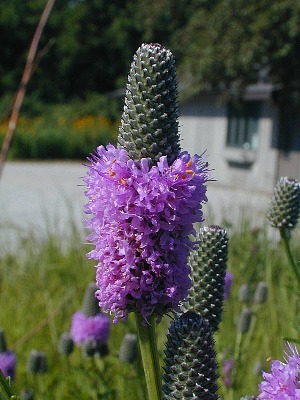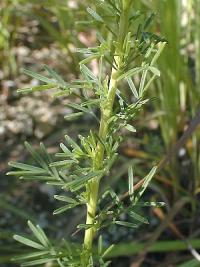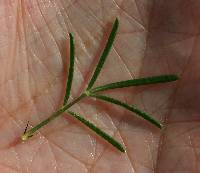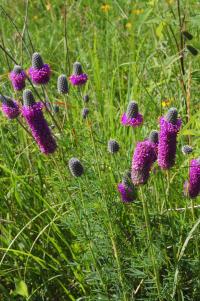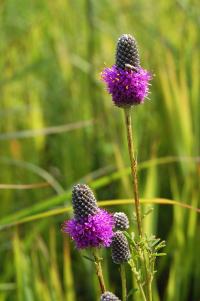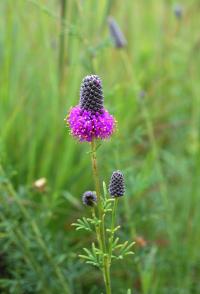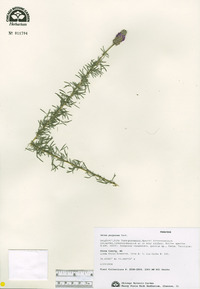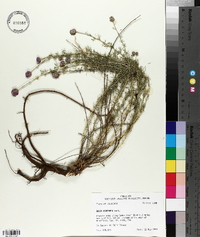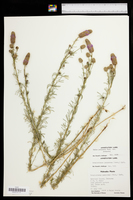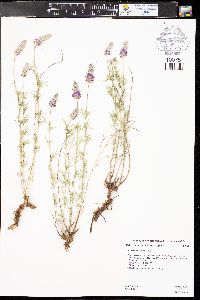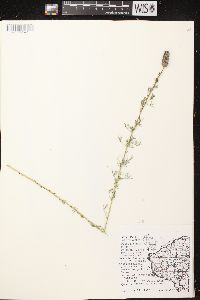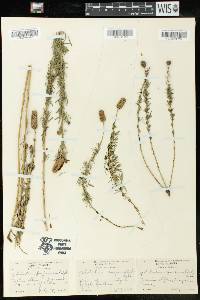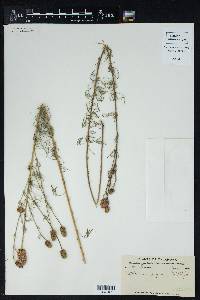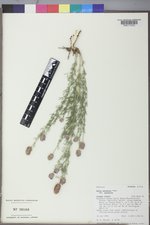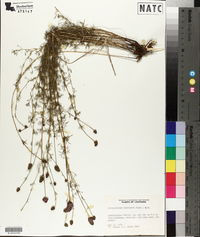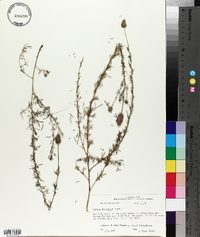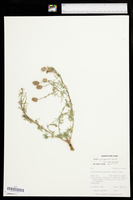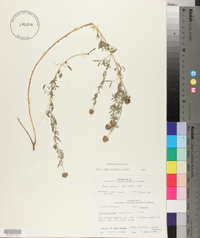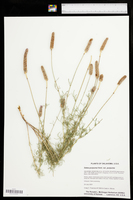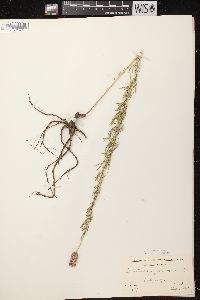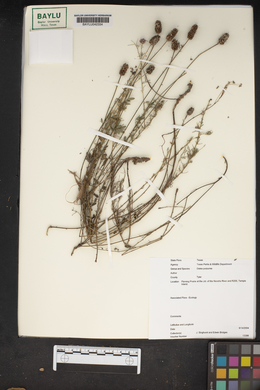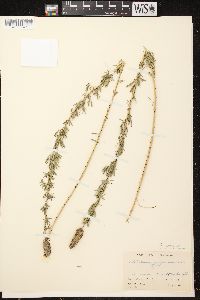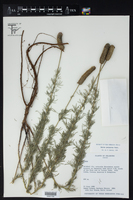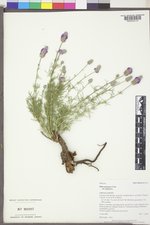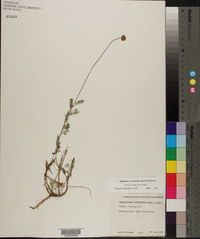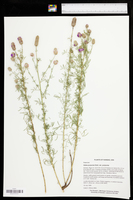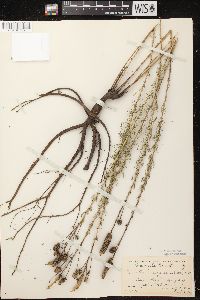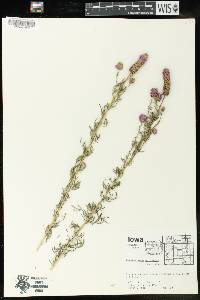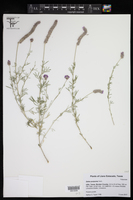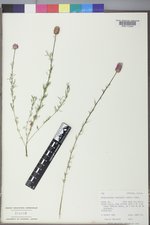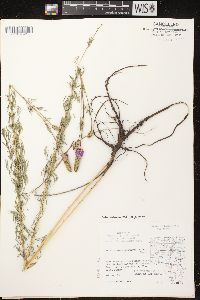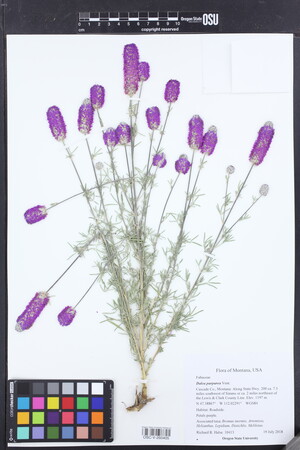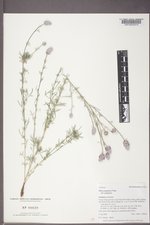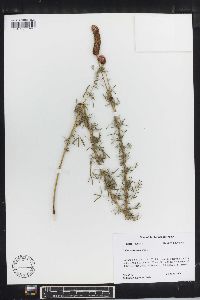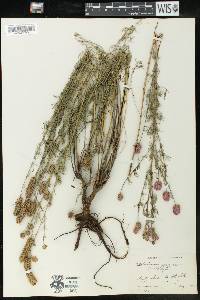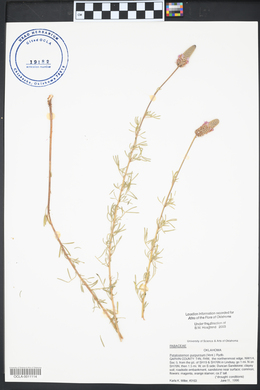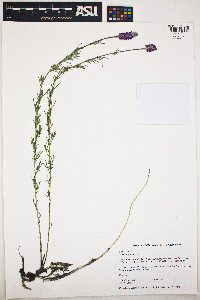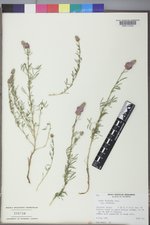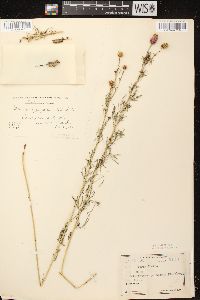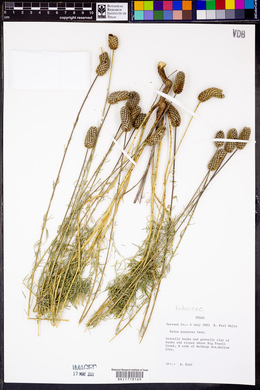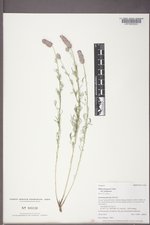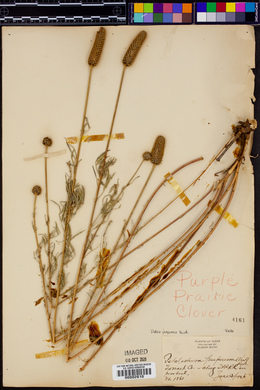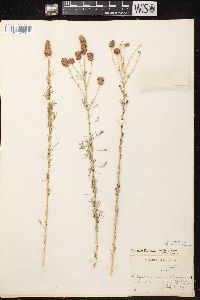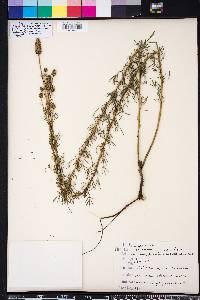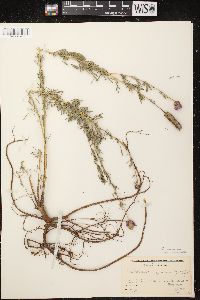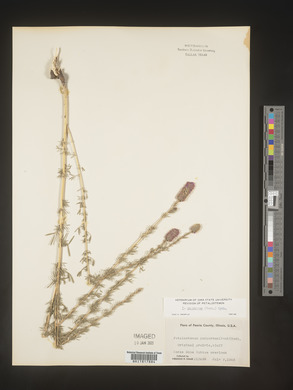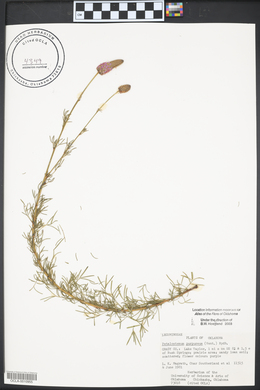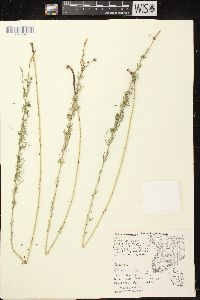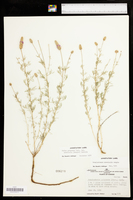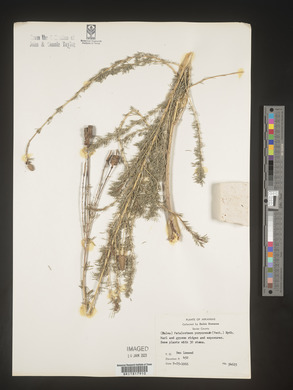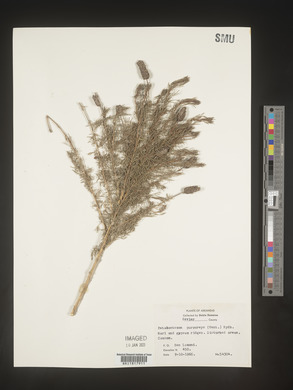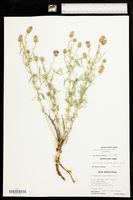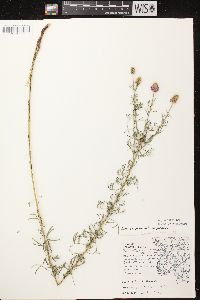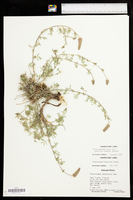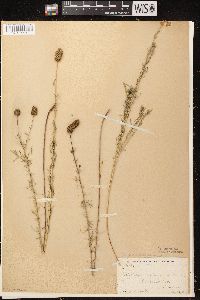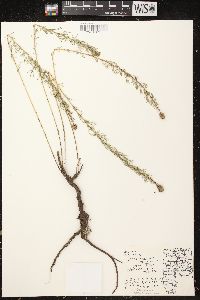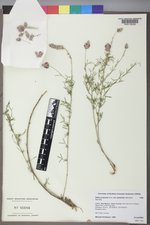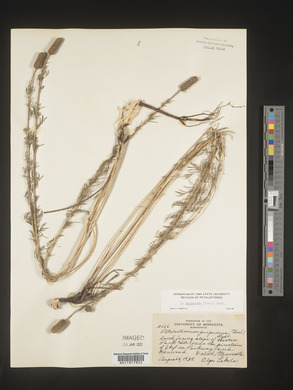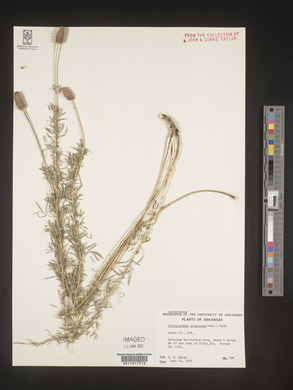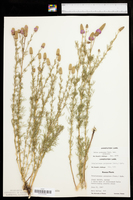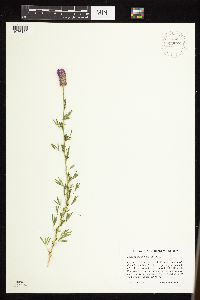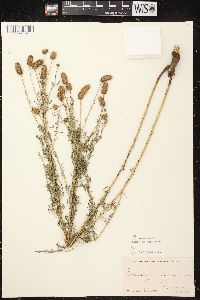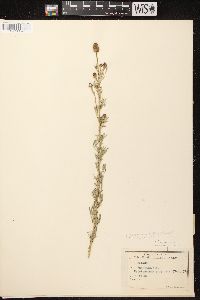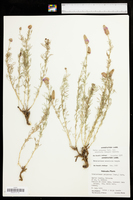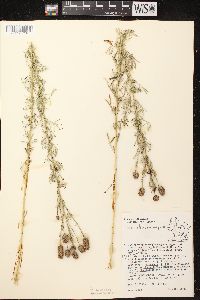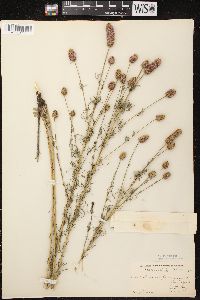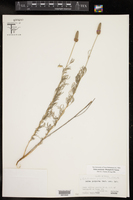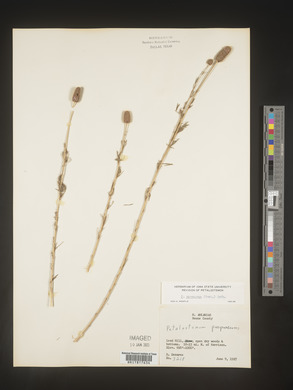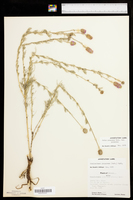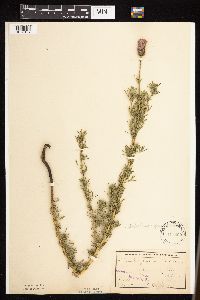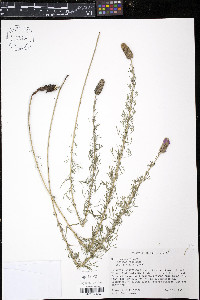
|
|
|
|
Family: Fabaceae
Violet Prairie-Clover, more...Purple prairieclover, violet dalea, purple prairie clover
[Petalostemon violaceus Michx.] |
Allred and Ivey 2012, Heil et al. 2013, Correll and Johnston 1970 Duration: Perennial Nativity: Native Lifeform: Forb/Herb General: Perennial herb, 20-80 cm tall, from a woody root crown; stems several in a clump, erect to spreading-decumbent; herbage glandular, hairy or glabrous. Leaves: Alternate and pinnately compund, 3-5 cm long, usually with 5 leaflets per leaf; leaflets 7-24 mm long and 1-3 mm wide, linear, folded in half or with curled up edges; surfaces gland-dotted and hairy or glabrous. Flowers: Purple, in cylindric spikes 1-7 cm long, at branch tips; flowers about 8 mm long, with pea-flower morphology (papilionaceous), with a wide upper petal called the banner, two smaller lateral petals called the wings, and a boat-shaped lower petal called the keel which contains the style and stamens. Petals purple to lavender or rarely white; sepals 5, silky-villous, united at the base into a tube 2-4 mm long, this topped with 5 narrow pointed teeth which are shorter than the tube. Fruits: Pod pubescent, small, and contained within the persistent hairy calyx; containing 1 or 2 seeds. Ecology: Found in grasslands, from 4,000-7,500 ft (1219-2286 m); flowers June-September. Distribution: IN to AL, west to MT, WY, CO, NM, and se AZ Notes: This perennial, purple-flowered Dalea is widespread and common throughout the Great Plains. The stems are tall, usually upright, herbaceous, and quite leafy. Leaves are pinnately compound with narrow, gland-dotted leaflets; and flowers are arranged in compact spikes which are held above the leaves on long erect peduncles. Stems and leaves can be hairy or glabrous, but the flower's calyx is always hairy (use your hand lens). Petals are usually a shade of purple but are occasionally white. There are two varieties in the Southwest: var. purpurea has spikes 10-12 mm wide (not including the petals) and glabrous to pubescent herbage. Var. arenicola has narrower spikes 7-9 mm wide (not including the petals), and mostly glabrous stems and leaves. D. purpurea is somewhat similar to Dalea candida but that species generally has white flowers, and the calyx tube is glabrous or only a little hairy. Also similar to D. cylindriceps, but that species generally has more leaflets per leaf. Ethnobotany: The root was chewed for its sweet flavor, and the leaves were used to make a tea. Etymology: Dalea is named for Samuel Dale (1659-1739) an English physician and botanist; purpurea means purple. Editor: AHazelton 2017 Perennial, 2-10 dm, glabrous or thinly hairy to tomentulose; lvs numerous; often with axillary fascicles; lfls (3)5(7), narrow, involute when dry, 8-25 mm; spikes scarcely elevated above the lvs, very dense and cone-like, becoming cylindric and 2-7 cm; bracts, except the lowest, mostly short and papery, the oblanceolate body villous above, tapering to a dark, subulate, glabrous or shortly hairy tip; fls of sect. Kuhnistera, 5-7 mm, rose-purple, rarely white; cal densely villous or sericeous, bluntly pentagonal, not prominently ribbed, not bracteolate; 2n=14. Dry prairies and open glades; Ind. to Man. and Alta., s. to Ky., Ark., Tex., and N.M. June, July. Ours is var. purpurea. (Petalostemon p.) Gleason, Henry A. & Cronquist, Arthur J. 1991. Manual of vascular plants of northeastern United States and adjacent Canada. lxxv + 910 pp. ©The New York Botanical Garden. All rights reserved. Used by permission. From Flora of Indiana (1940) by Charles C. Deam Infrequent in dry, sandy or gravelly soil in the open on sandy knolls and ridges in open, black oak woods and in prairie habitats. It is sometimes frequent on the low dunes along Lake Michigan. East of the area indicated in the map, it has been reported from Kosciusko and Marshall Counties. ...... Indiana Coefficient of Conservatism: C = 10 Wetland Indicator Status: n/a |
|
|
|
This project was made possible in part by the Institute of Museum and Library Services [MG-70-19-0057-19].
Powered by Symbiota

